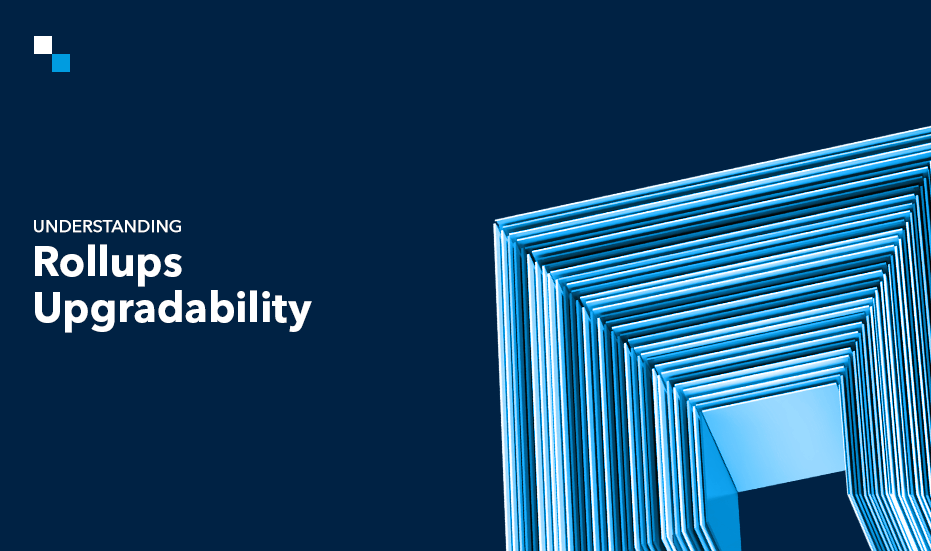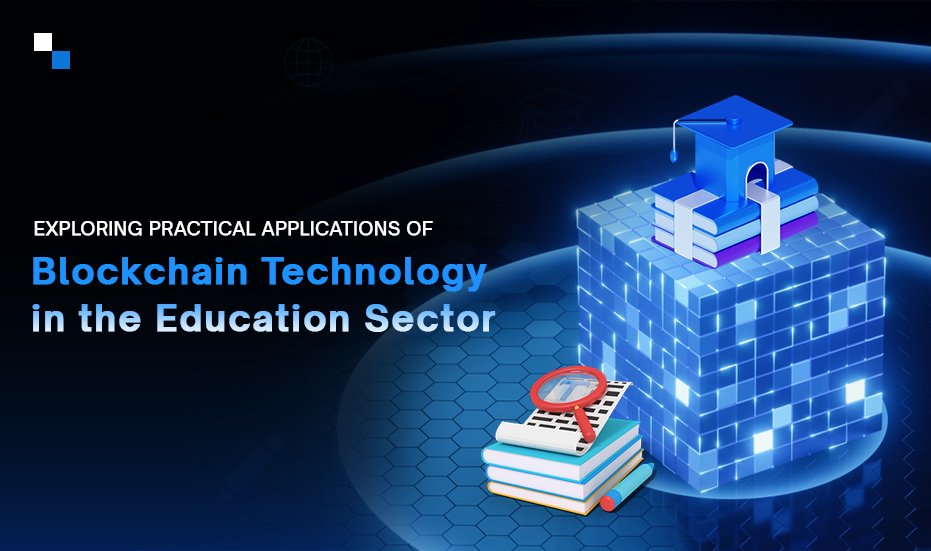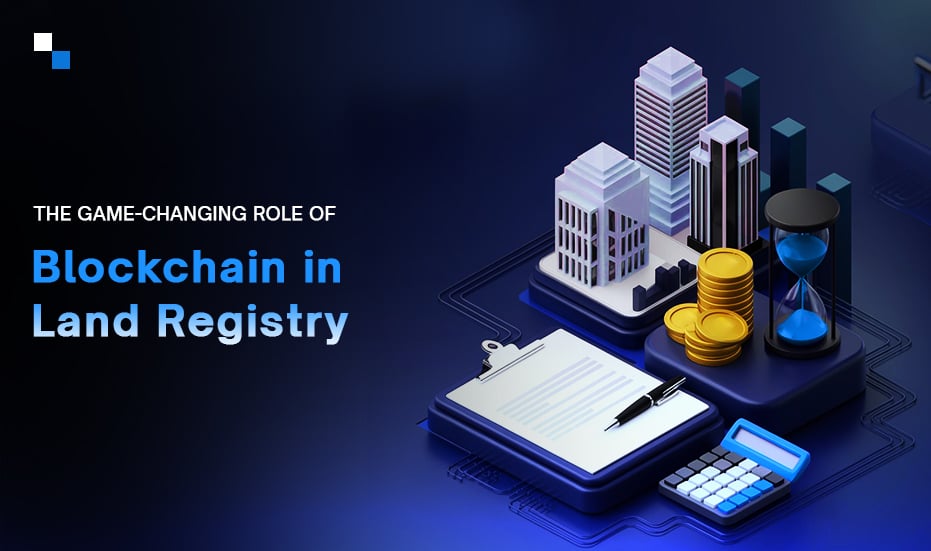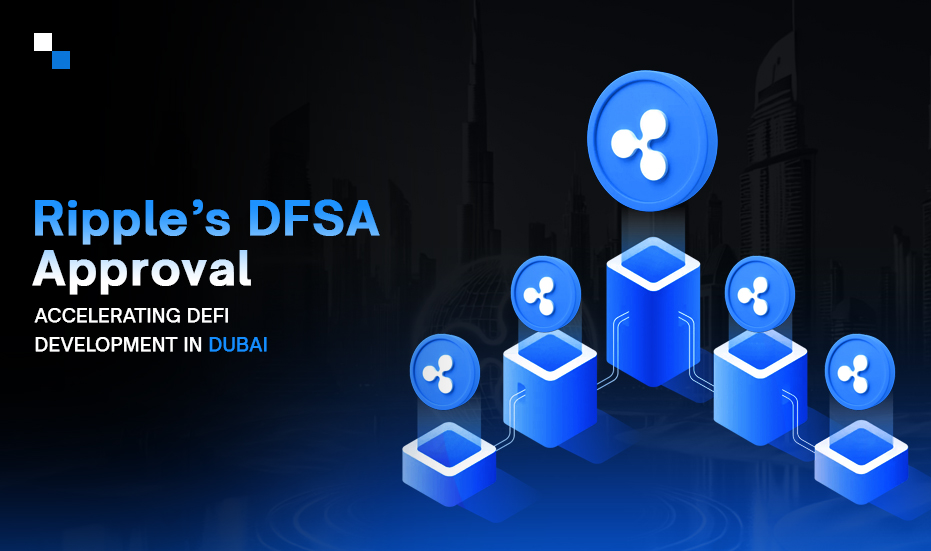
Achieve ICO Success in 7 Days with Antier’s Proven Approach
September 25, 2024
How to Identify the Ideal Partner for Game Art Development
September 25, 2024What is Rollup Upgradability?
Rollups upgradability refers to the ability to update or modify the underlying code of a rollup, a Layer 2 scaling solution in blockchain, without disrupting its functionality or user experience. Upgradability ensures that rollups can evolve to meet new performance, security, and regulatory demands. Effective rollups upgradability minimizes downtime, ensures governance control, and future-proofs blockchain infrastructure for long-term scalability.
Table of Contents
- Why Rollups Upgradability is Essential?
- How Rollup Upgrades Work?
- Prominent Components of Rollups Upgradability
- Best Practices for Managing Rollups Upgradability
- Key Challenges in Rollups Upgradability
As blockchain adoption gained momentum in sectors like DeFi, gaming, and NFTs, congestion on Ethereum and other networks led to increased gas fees, slower transaction speeds, and scalability bottlenecks. Many Blockchain rollups solutions have emerged as pivotal tools to address scalability challenges in decentralized networks. However, with the rising transaction volumes and the introduction of the latest use cases in the Blockchain space, it is vital for rollups to receive continuous upgrades to improve performance, decrease costs, and enhance security features.
Why Rollups Upgradability is Essential?
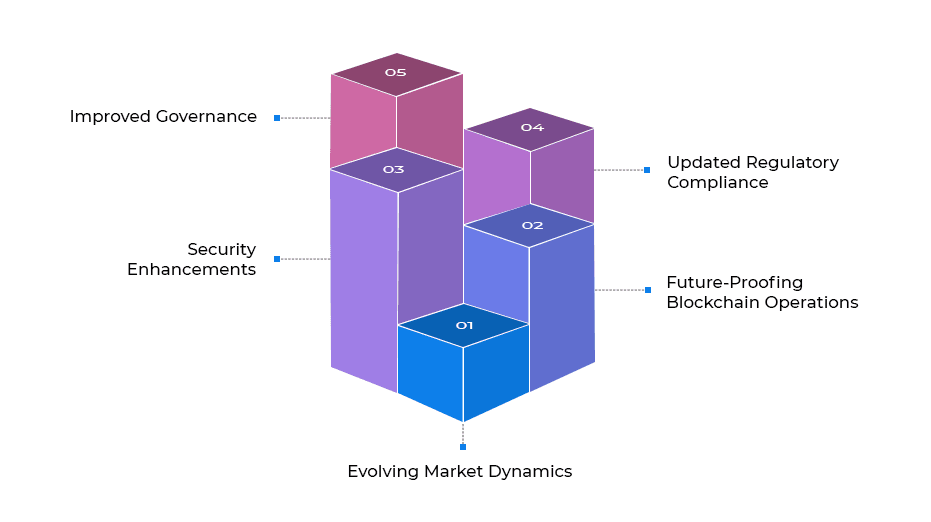
- Evolving Market Dynamics
Blockchain technology is continuously evolving, and businesses need to stay agile to remain competitive. Rollups upgradability allows enterprises to adapt to changing market dynamics, regulatory requirements, and technological advancements without replacing their entire blockchain infrastructure. Whether a business needs to enhance privacy features or integrate with new Layer 1 networks, rollup upgrades provide the flexibility to implement these changes efficiently.
- Future-Proofing Blockchain Operations
Businesses adopting blockchain technology need to consider its long-term viability. A static solution risks becoming obsolete as technology advances. Rollups upgradability provides a safety net and enables enterprises to stay at the cutting edge of blockchain innovation. By upgrading rollups to incorporate new features and stay compatible with evolving Layer 1 networks, businesses can ensure their blockchain infrastructure remains future-proof.
- Security Enhancements
As new vulnerabilities and threats emerge, businesses need to ensure that their rollups protocols remain secure. Rollups upgradability allows enterprises to implement security patches, update cryptographic techniques, and improve fraud detection mechanisms in response to evolving security challenges.
- Updated Regulatory Compliance
Regulatory frameworks for blockchain and cryptocurrency are in constant flux, especially in industries like finance and healthcare. Rollups upgradability ensures that businesses can stay compliant with new regulations without having to disrupt their blockchain operations. Enterprises can update their blockchain rollup solutions to incorporate new reporting requirements, data privacy standards, or other compliance measures in a timely manner.
- Improved Governance
Rollups upgradability also plays a critical role in supporting governance models in decentralized autonomous organizations or consortium-based blockchains. Governance models that allow for decentralized voting on upgrades ensure that the rollup’s evolution is aligned with stakeholder interests. By enabling upgrades to be rolled out via governance decisions, businesses can ensure that rollup improvements are fair, transparent, and beneficial to all participants.

How Rollups Upgrades Work?
There are primarily two approaches to rollups upgradability:
1. On-Chain Upgrades
- Proposal and Voting: A proposal for an upgrade is submitted to the rollup’s governance mechanism. Token holders or validators then vote on the proposal.
- Contract Update: If the proposal is approved, the rollup contract on the main chain is updated to incorporate the new code or changes.
- Data Migration: Any necessary data migration to the new version of the rollup is performed.
2. Off-Chain Upgrades
- Code Update: The rollup execution engine is updated with the new code or changes.
- Data Validation: The rollup data layer is validated to ensure compatibility with the new version of the execution engine.
- Checkpoint: A checkpoint is created to mark the transition to the new version.
Prominent Components of Rollup Upgradability
- Rollup Contract: The rollup contract is a smart contract deployed on the main chain that handles the interaction between the rollup and the main chain. It defines the rules and procedures for submitting batches of transactions to the main chain.
- Rollup Data Layer: The rollup data layer is an off-chain database that stores transaction data and state information for the rollup.
- Rollup Execution Engine: The rollup execution engine processes transactions off-chain, applies the appropriate rules, and updates the rollup data layer.
- Fraud Proofs and Validity Proofs: In rollup environments, fraud proofs and validity proofs serve as core components for transaction verification. When implementing upgrades, these proof mechanisms need to be carefully maintained or enhanced to ensure the integrity of transactions.
- On-Chain and Off-Chain Synchronization: A successful rollup upgrade requires tight synchronization between on-chain and off-chain components. As rollups bundle transactions off-chain and post-proofs on-chain, any upgrades need to ensure that the two layers communicate seamlessly.
Best Practices for Managing Rollups Upgradability
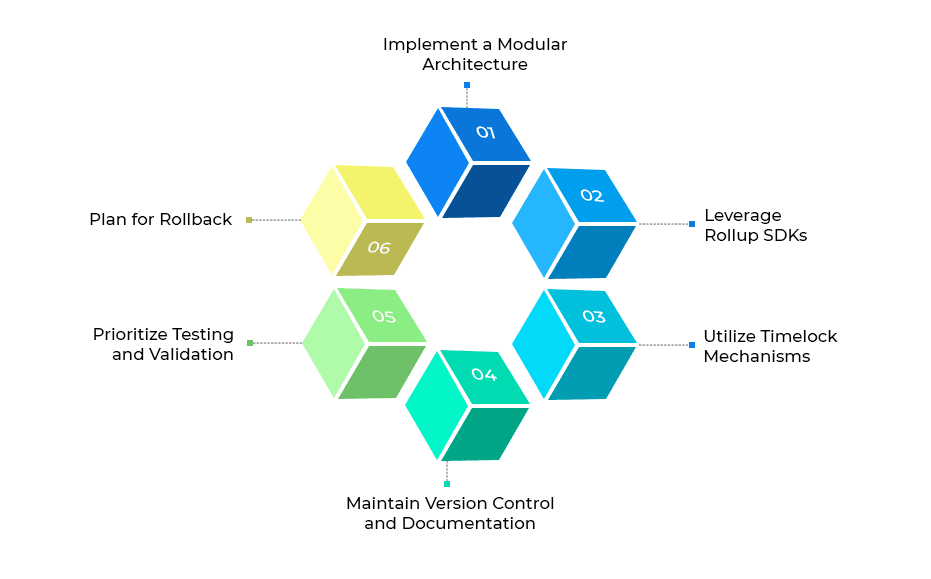
Implement a Modular Architecture
A modular architecture is fundamental for facilitating rollups upgradability. By decoupling various components of the rollup, businesses can enhance flexibility and simplify the upgrade process.
- Layer Separation: Ensure clear separation between the data availability layer, execution layer, and consensus layer. This approach allows for targeted upgrades without affecting the entire system and minimizes downtime and operational risks.
- Interoperability: Design rollups to be interoperable with existing protocols and services. This will allow seamless integration of upgrades while maintaining compatibility with legacy systems.
Leverage Rollup SDKs
Utilizing rollup software development kits can significantly streamline the development and management of rollups.
- Rapid Development: Rollup SDKs provide pre-built components and libraries that can accelerate the development process and allow teams to focus on customization and enhancement rather than starting from scratch.
- Standardization: SDKs often promote standardization in code, which can enhance maintainability and facilitate easier upgrades. This consistency reduces the risk of introducing errors during the upgrade process.
Utilize Timelock Mechanisms
Timelock mechanisms provide an essential layer of security and transparency when managing rollup upgrades.
- Waiting Period: Implementing a timelock mechanism allows for a mandatory waiting period before an upgrade is executed. This provides stakeholders with time to review the proposed changes and raise any concerns.
- Community Trust: By incorporating timelock mechanisms, businesses can enhance community trust in the governance process. Stakeholders can feel confident that they have a voice in the upgrade process and that their concerns will be considered before changes are made.
Maintain Version Control and Documentation
Version control is essential for tracking changes made during the upgrade process. Comprehensive documentation ensures clarity and transparency regarding the evolution of the rollup.
- Semantic Versioning: Adopt semantic versioning practices to clearly indicate the significance of each upgrade. This clarity helps stakeholders understand the impact of changes on existing functionalities.
- Thorough Documentation: Maintain detailed documentation of all upgrades, including rationale, processes, and potential impacts. This information will be invaluable for future reference and onboarding new team members.
Prioritize Testing and Validation
Thorough testing and validation are paramount for ensuring the reliability and security of rollup upgrades. Implementing rigorous testing protocols helps identify potential issues before deployment.
- Utilize Testnets: Deploy upgrades on testnets before moving to the mainnet. This approach allows for comprehensive testing in a controlled environment and reduces the likelihood of failures during live operations.
- Automated Testing: Incorporate automated testing frameworks to expedite the testing process. Automated tests can quickly identify regressions or vulnerabilities, facilitating faster iterations.
Plan for Rollback
Despite thorough testing, unforeseen issues may arise post-upgrade. Establishing rollback and contingency plans ensures that businesses can respond swiftly to any challenges.
- Rollback Mechanisms: Implement rollback mechanisms that allow for reverting to previous versions if significant issues occur. Ensure that these mechanisms are tested regularly to verify their effectiveness.
- Crisis Management Protocols: Develop crisis management protocols that outline steps to take in the event of an upgrade failure. Having a clear plan in place can minimize confusion and streamline responses.
Key Challenges in Rollups Upgradability
- Complexity of Upgrading Protocols
Rollups rely on intricate mechanisms for transaction processing, state management, and consensus. Implementing upgrades requires a deep understanding of the underlying technology, and even minor changes can have cascading effects on the system’s functionality. Businesses may need to invest considerable resources in research and development to ensure successful upgrades.
- Maintaining Security During Upgrades
Any changes to the rollup architecture can introduce vulnerabilities that malicious actors may exploit. Upgrades often involve modifying existing code or introducing new components, which can inadvertently increase the attack surface. This makes it essential for businesses to conduct thorough security audits and assessments prior to implementation.
- Ensuring Backward Compatibility
Maintaining backward compatibility is critical for rollups upgradability to ensure that existing applications and services continue to function seamlessly after upgrades. However, achieving this compatibility can be challenging. Many businesses rely on legacy systems that may not be compatible with new rollup features.
- Governance and Consensus Mechanisms
Decentralized governance is a fundamental aspect of blockchain ecosystems, and it plays a crucial role in determining how upgrades are proposed, evaluated, and implemented. However, governance challenges can hinder effective rollup upgradability. Different stakeholders may have varying priorities regarding upgrades which can lead to conflicts and disagreements. Achieving consensus on upgrade proposals can be time-consuming and complicated, potentially delaying critical improvements.
- Resource Allocation and Management
Implementing rollup upgrades requires a substantial commitment of resources, including time, technical expertise, and financial investment. Businesses must ensure they have the necessary talent to manage upgrades effectively. This may involve hiring specialized developers or engaging third-party experts, which can strain budgets and resources. Coordinating upgrade efforts requires strong project management skills to ensure timely execution while minimizing disruptions.

Conclusion
Rollup upgradability is a critical component of modern blockchain architecture that enables businesses to adapt, innovate, and thrive in a dynamic environment. By implementing best practices such as modular architecture, leveraging rollup SDKs, robust governance, comprehensive testing, and continuous monitoring, organizations can enhance their rollup management strategies.
Antier, as a top rollup-as-a-service provider offers advanced expertise in creating upgradable rollup solutions that cater to the specific needs of diverse industries.
